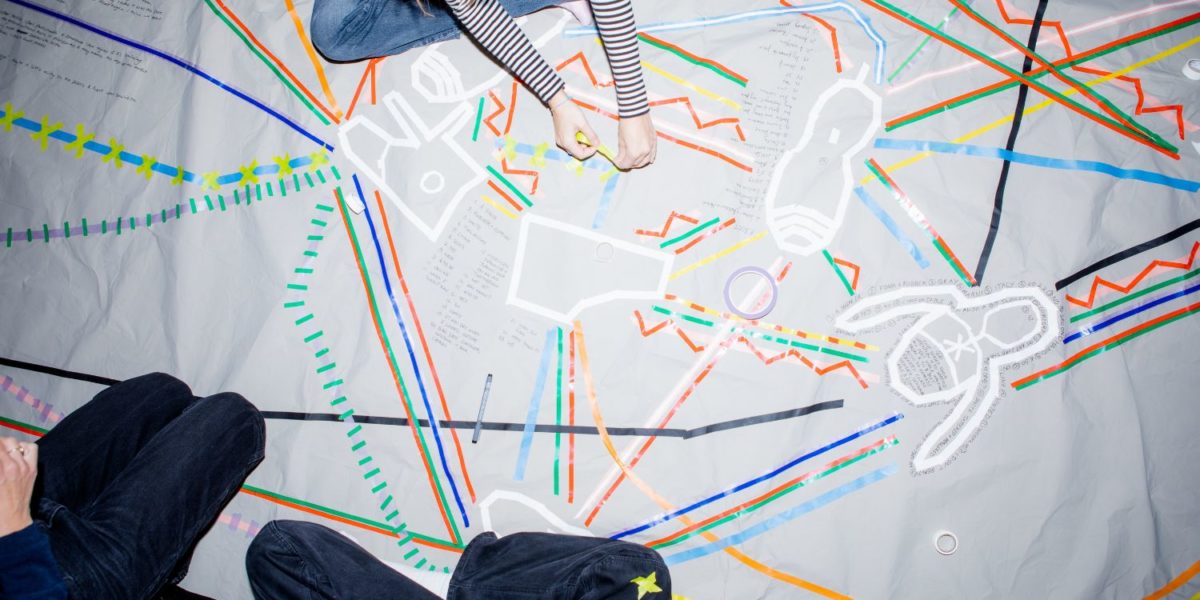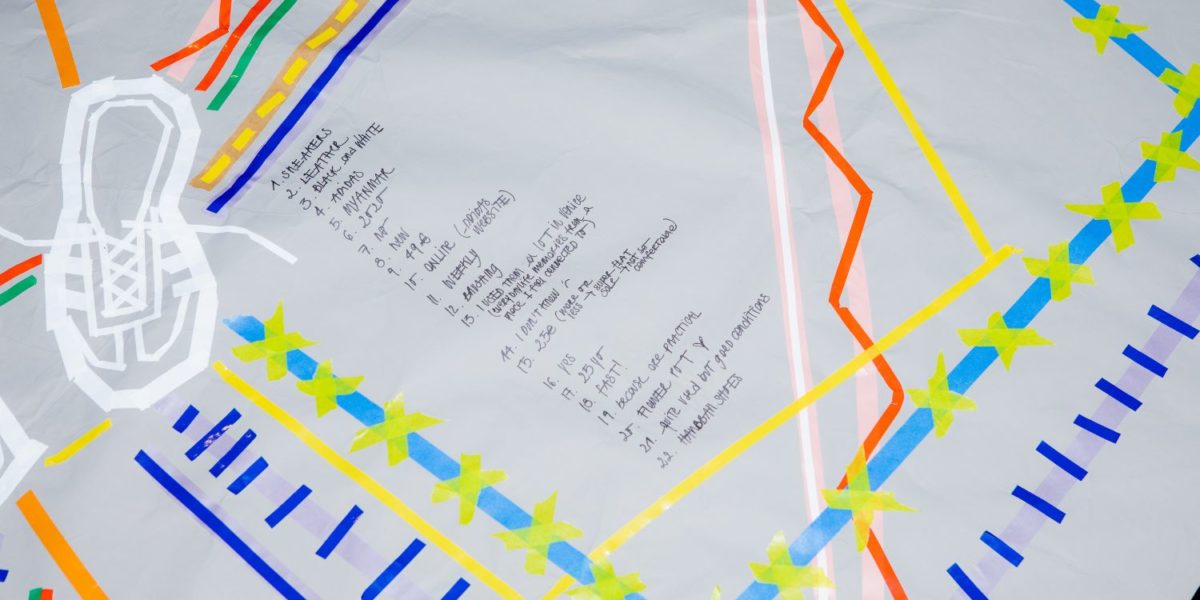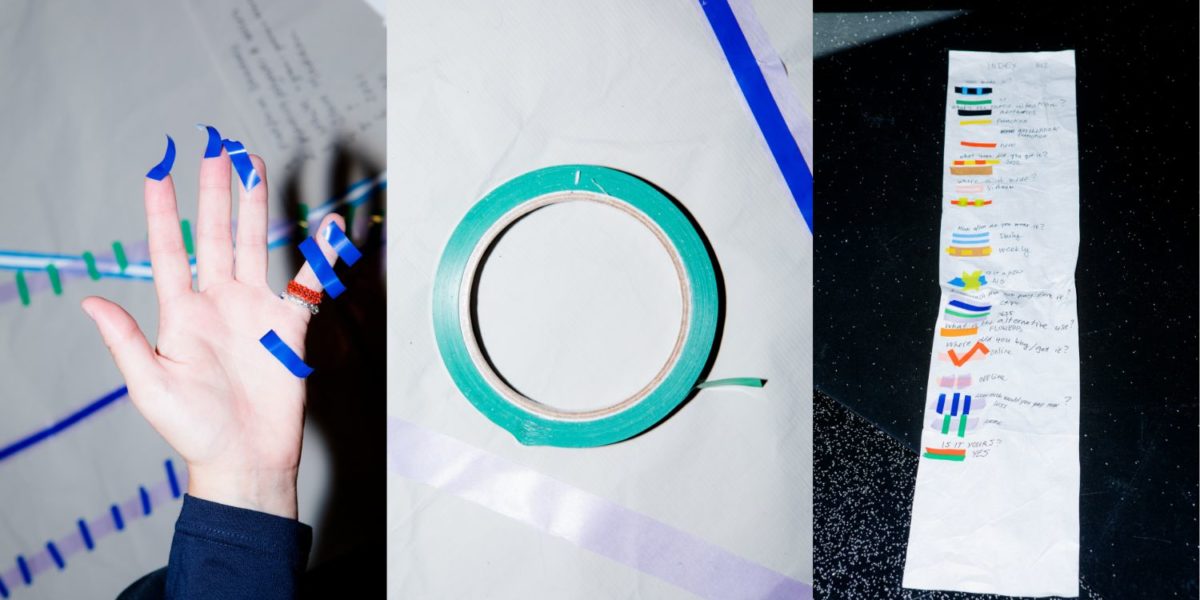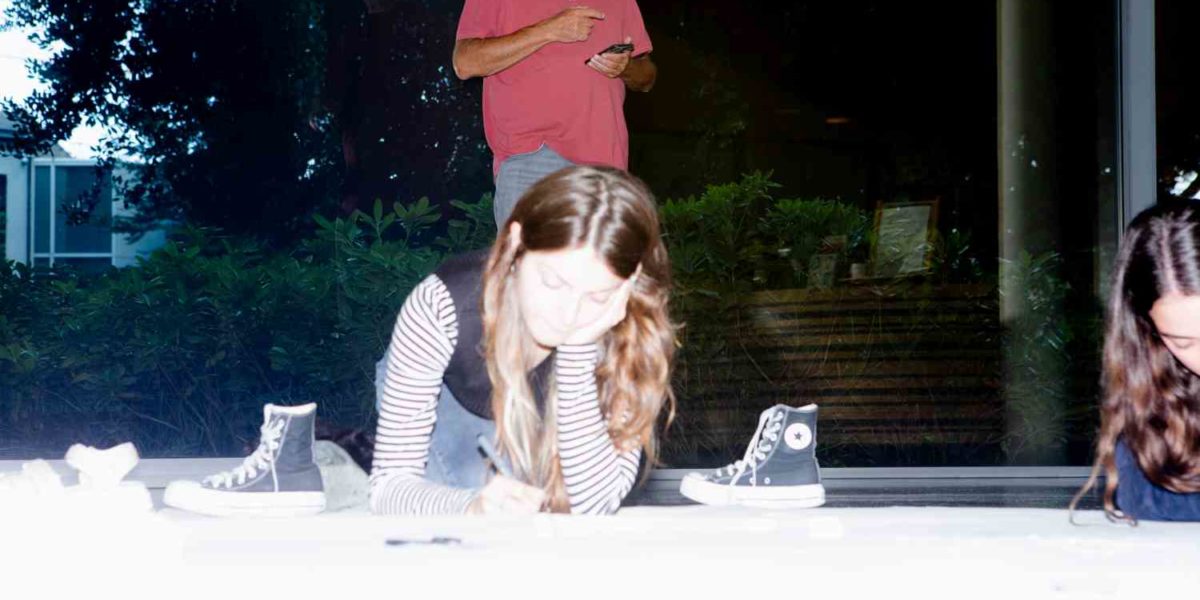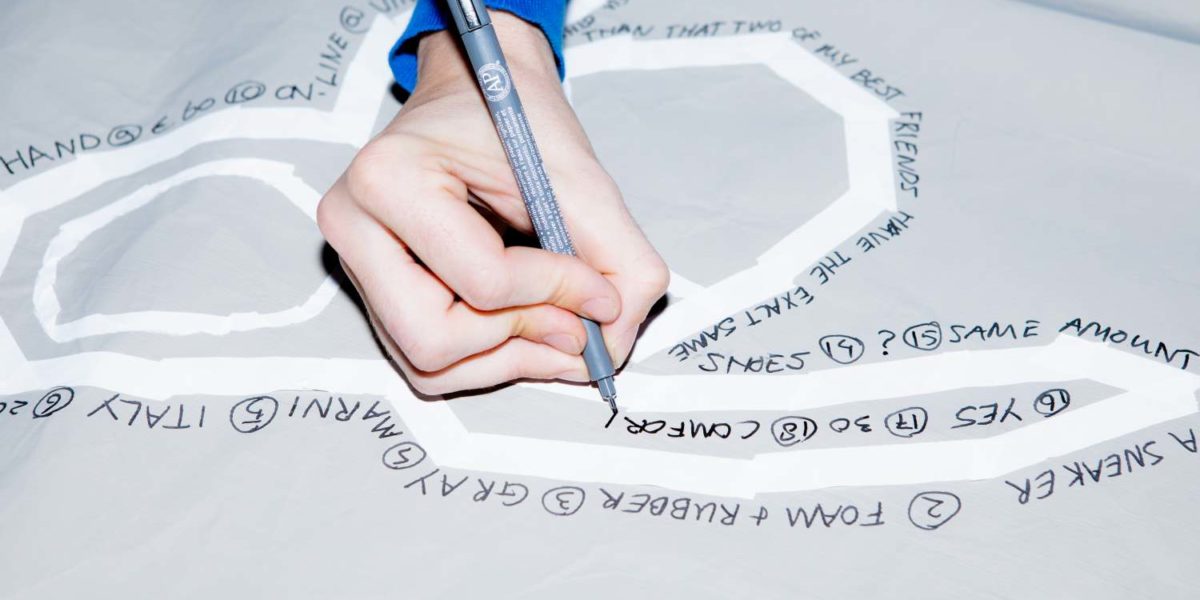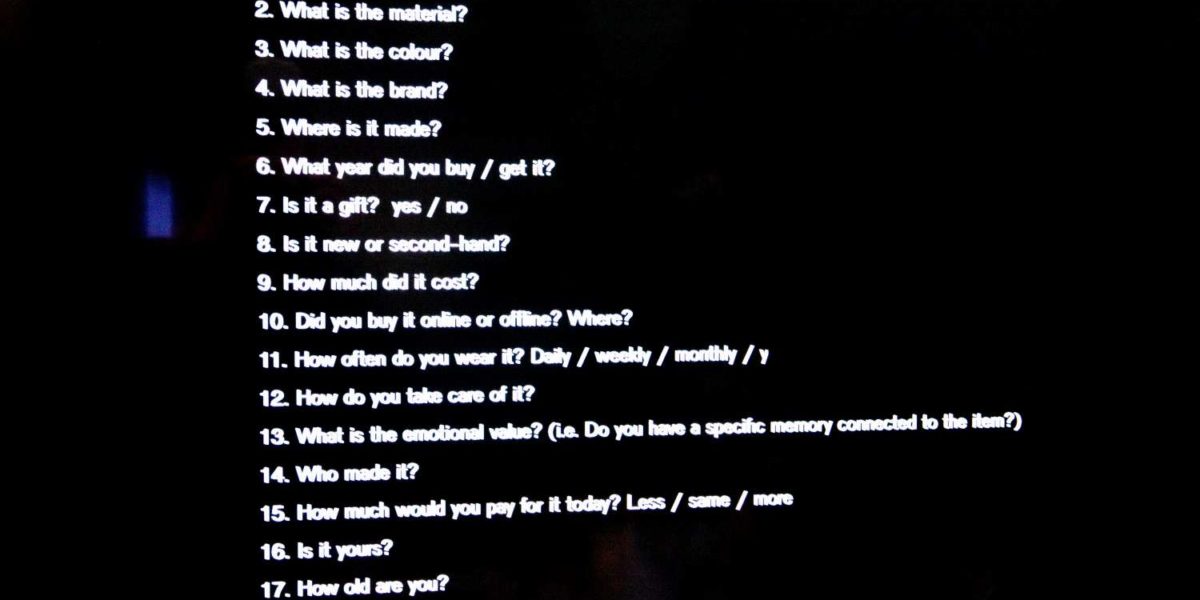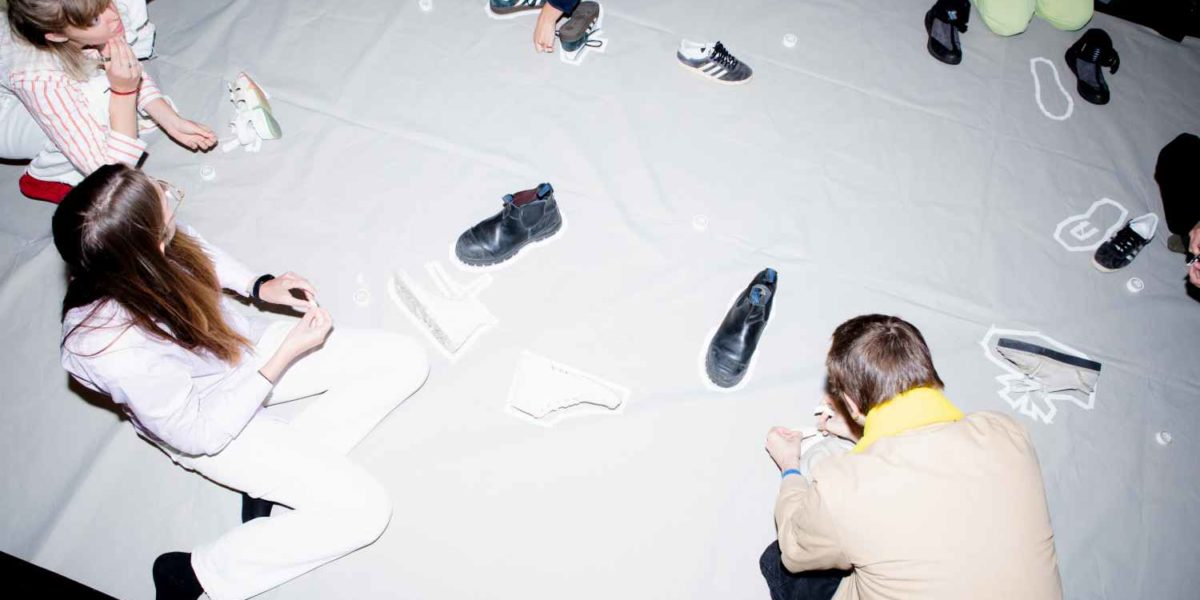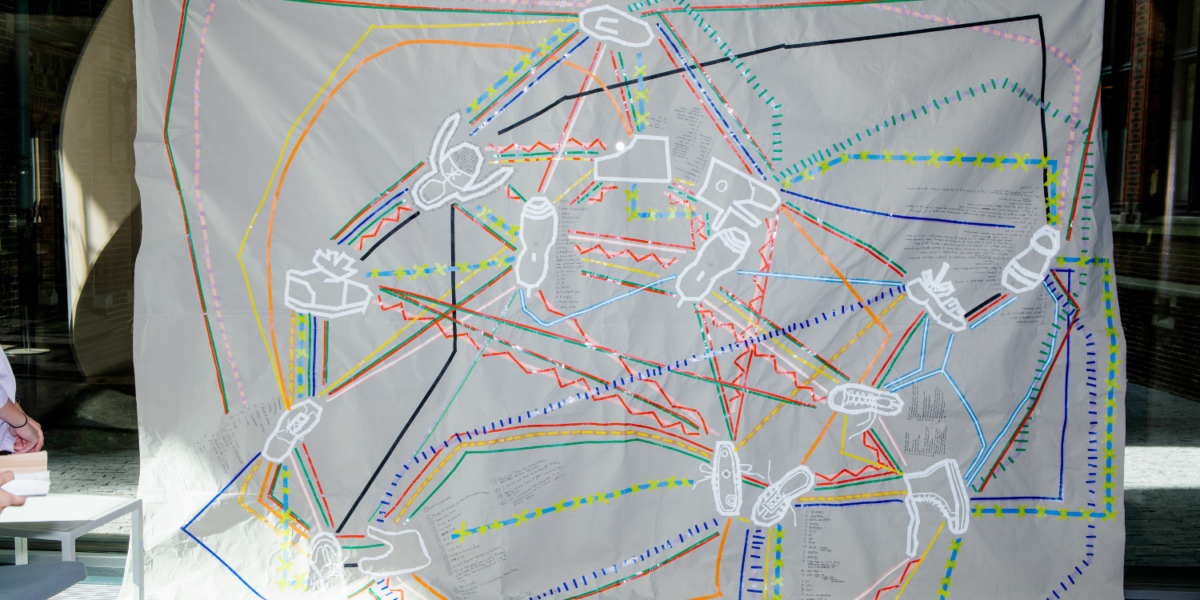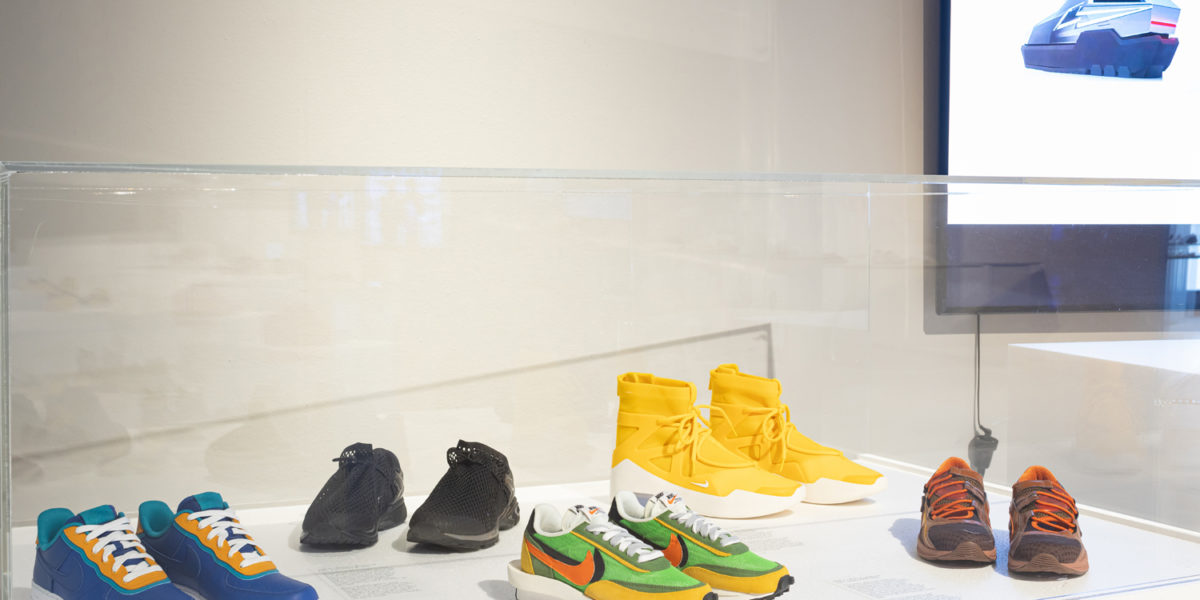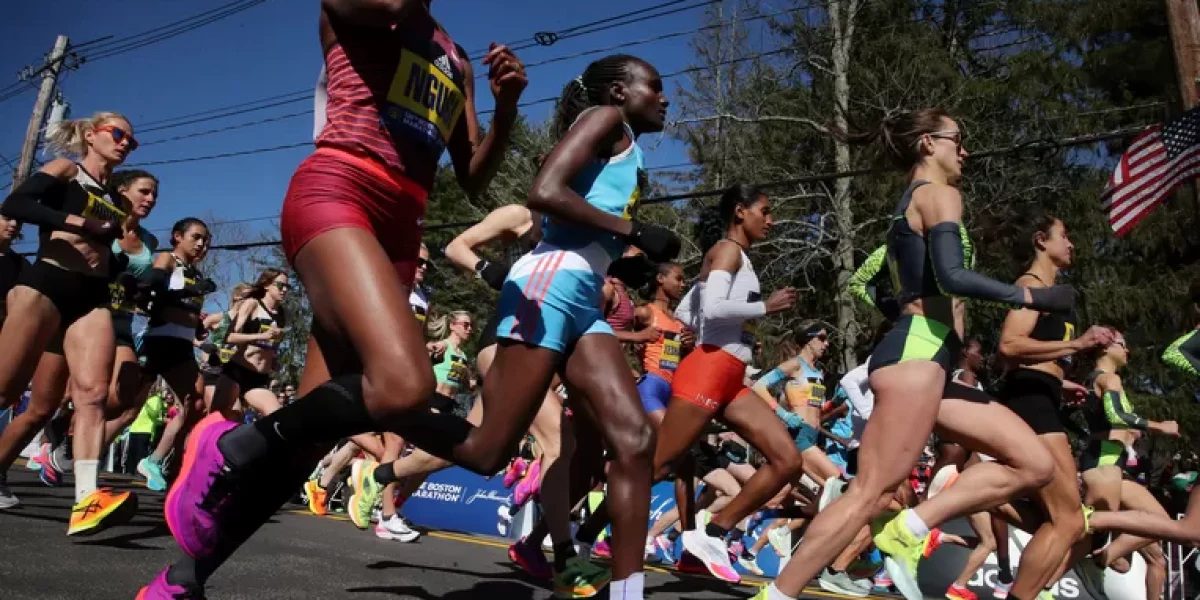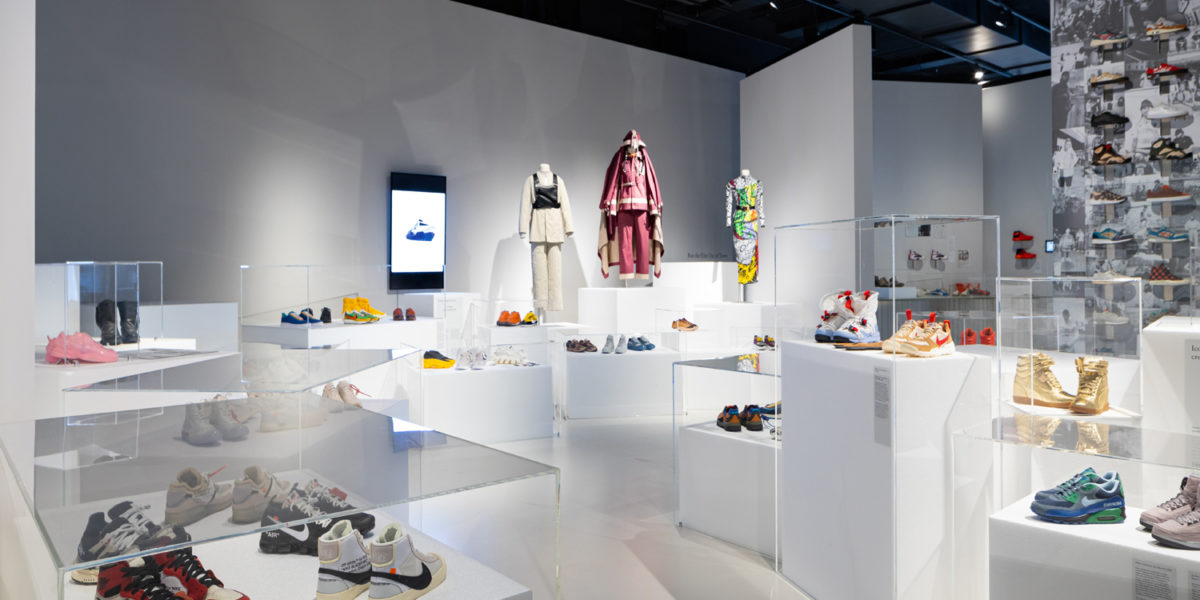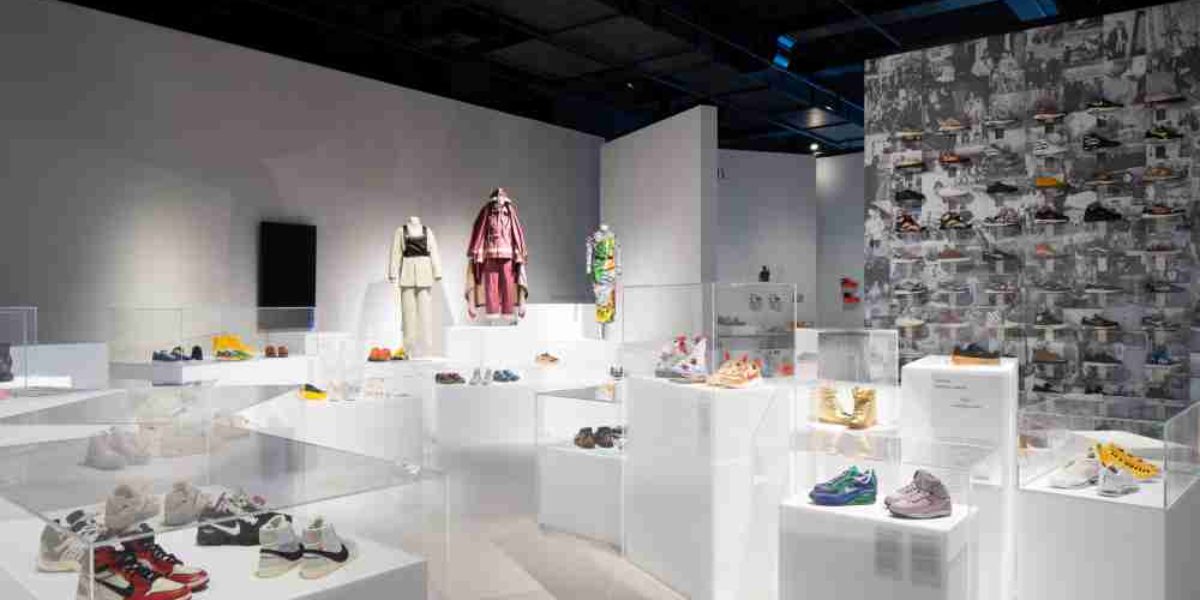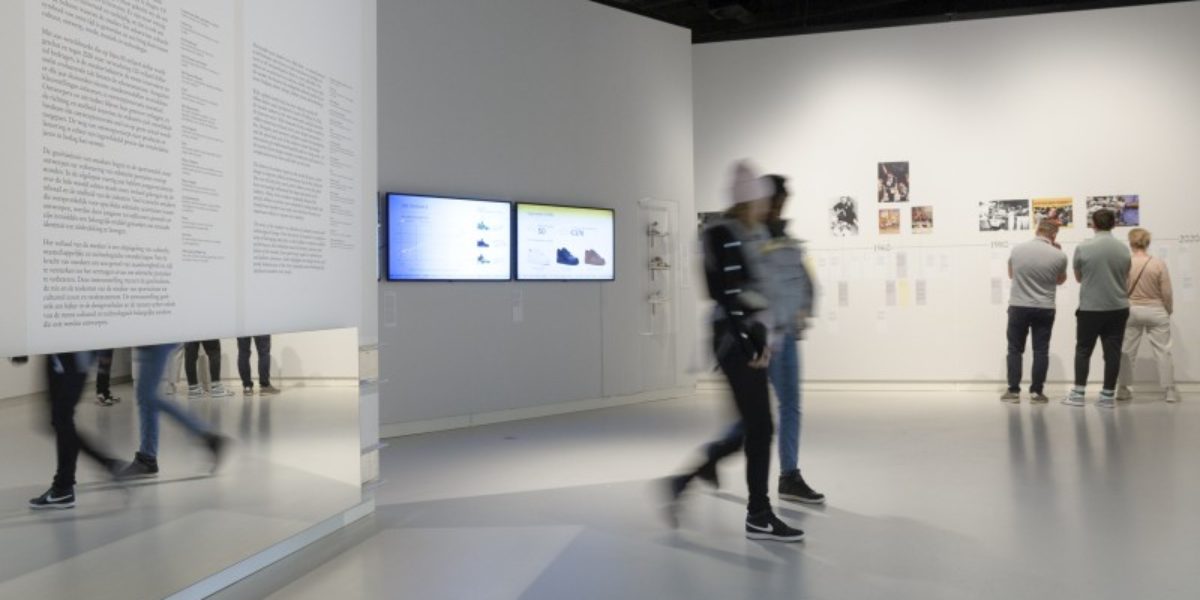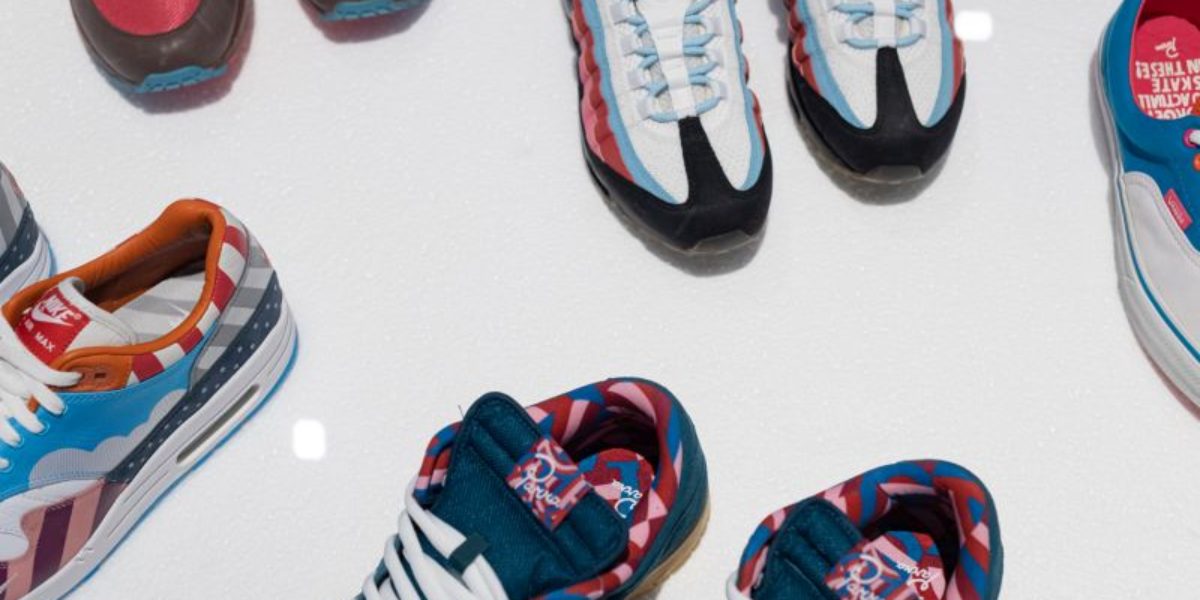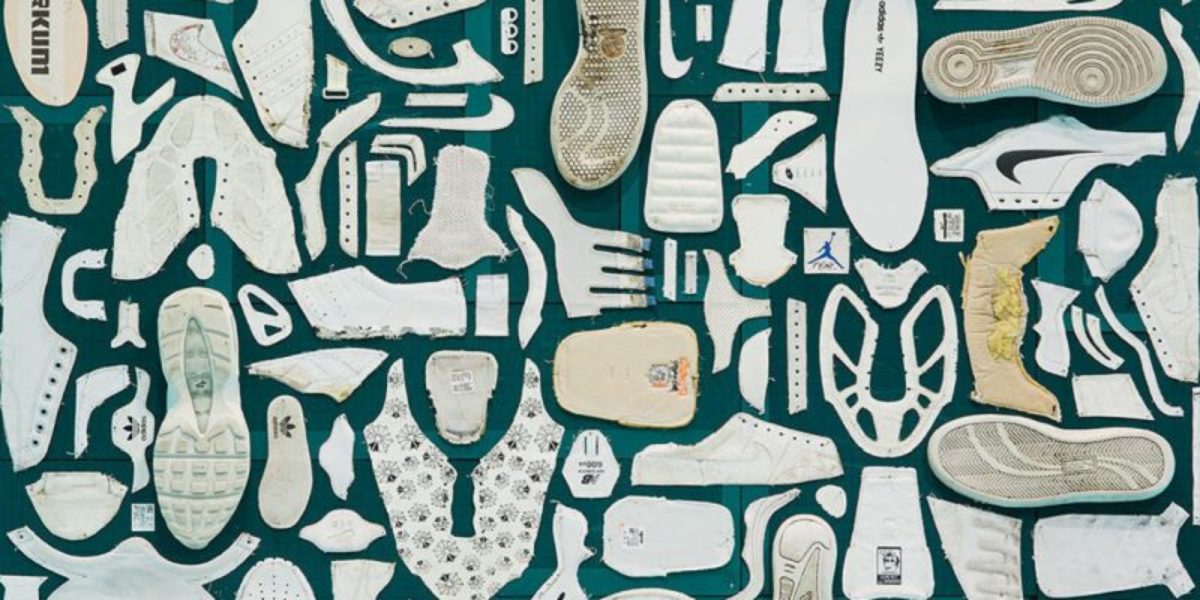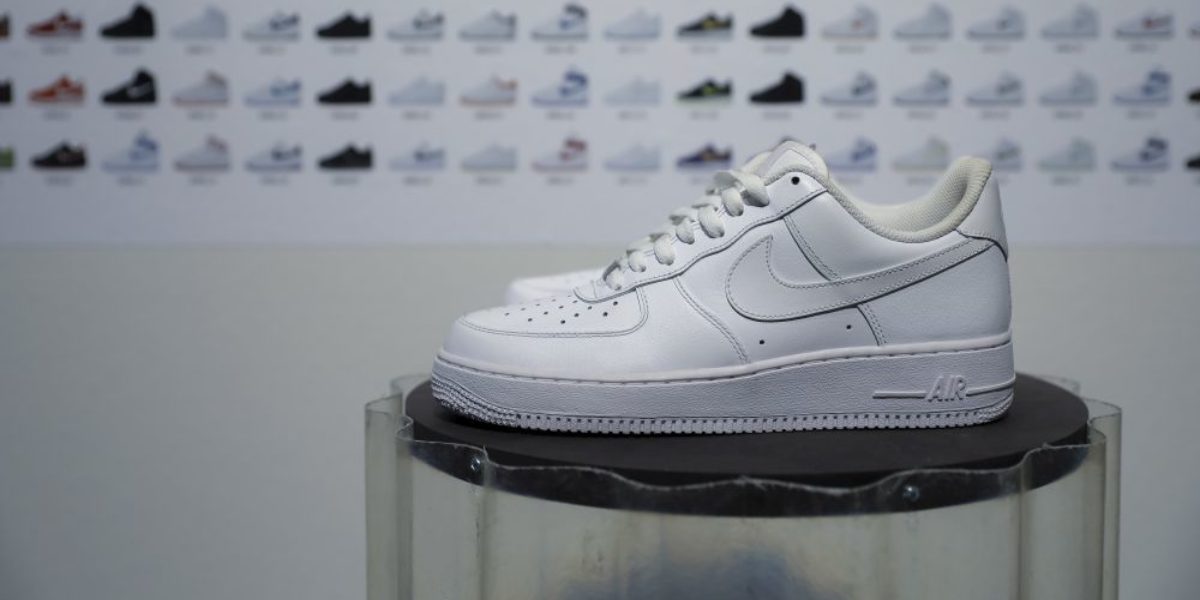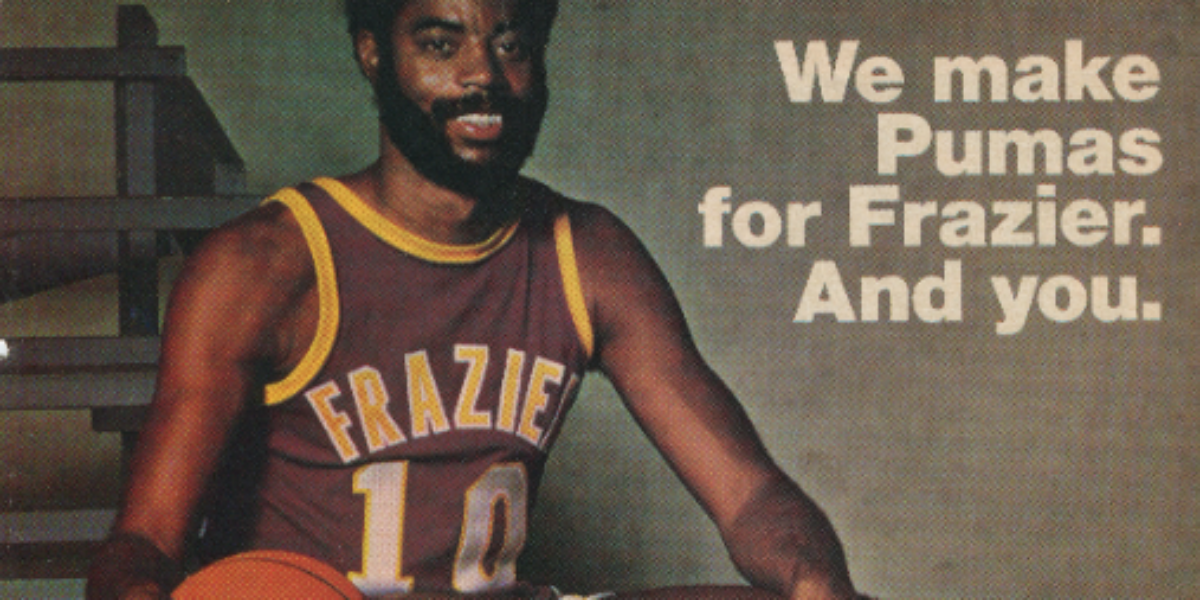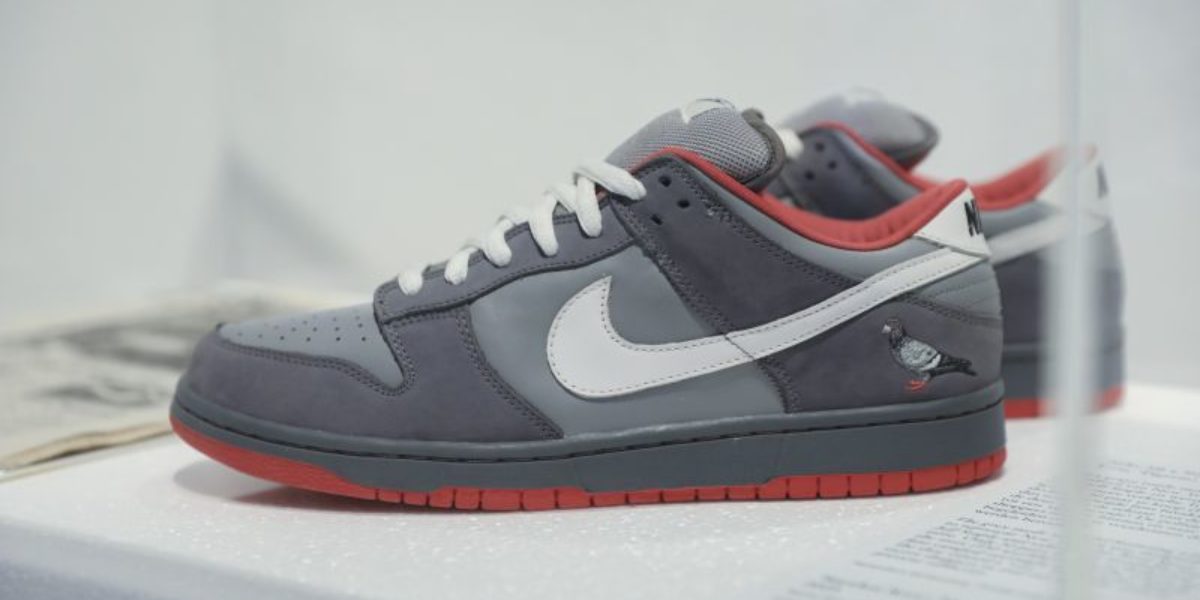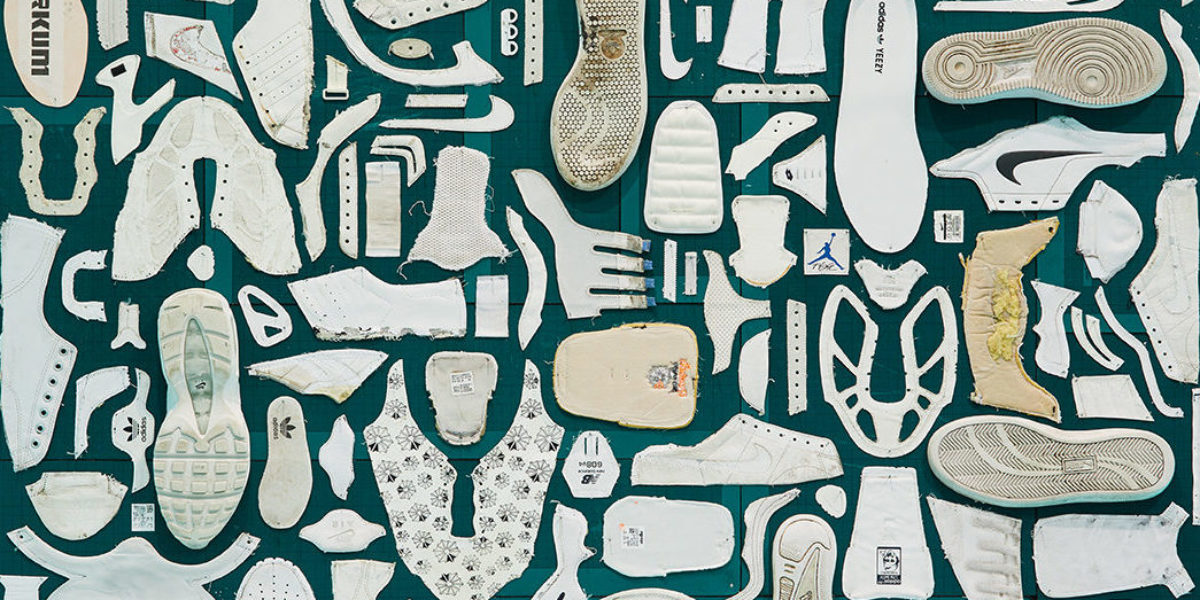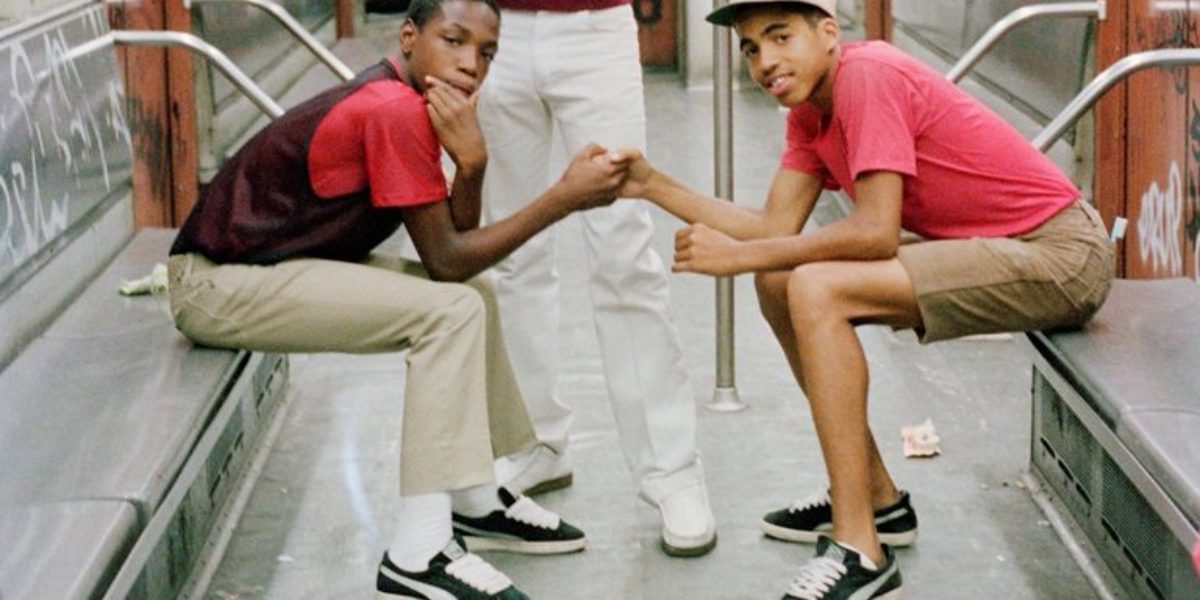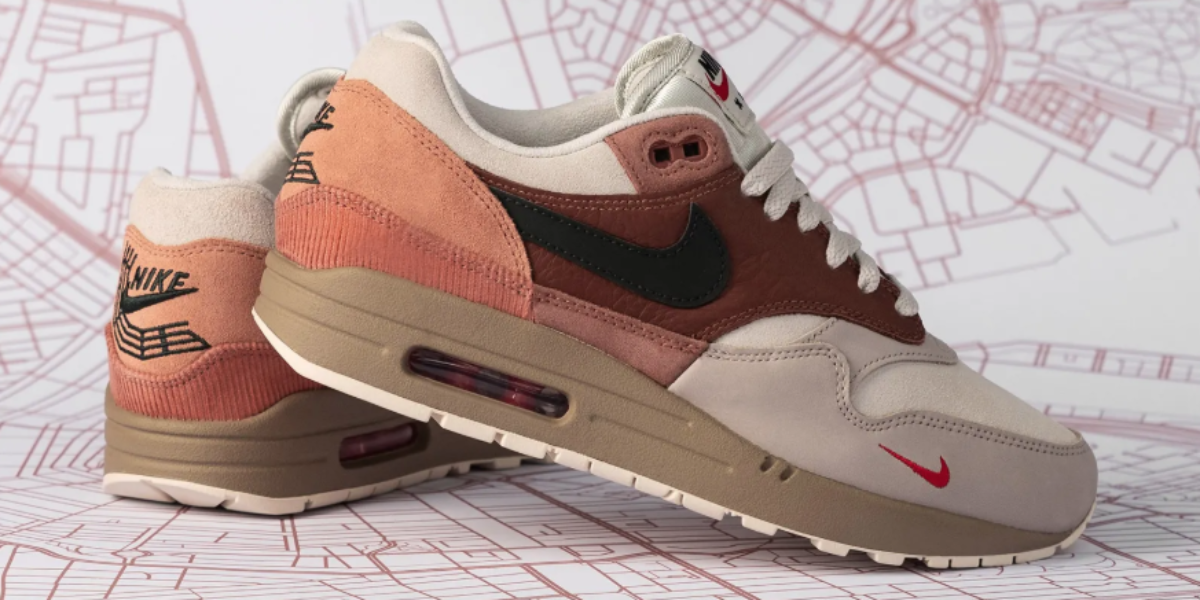This reflection notes, written by Emma van Meyeren, presented here together with a photographic essay by Nikola Lamburov, are the outcome of an invitation to participate in the workshop PORTAL 012 by Elisa van Joolen which was organized by the Young Design Team as part of their programme Sneakers Under Construction.
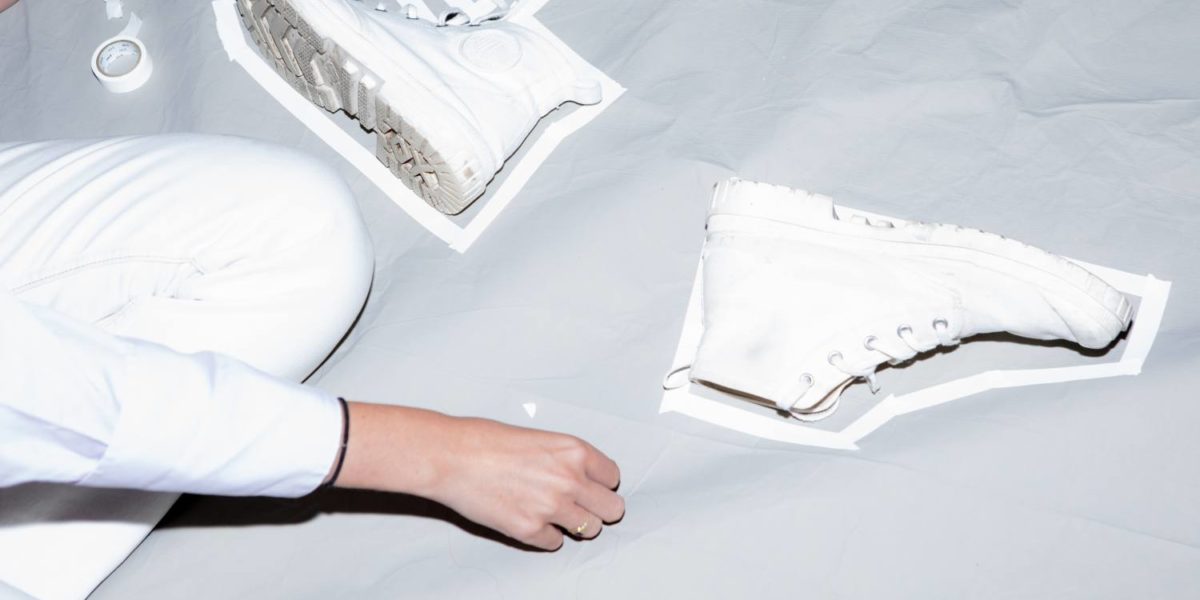
As it turns out, the Palladium shoes I have been wearing since I was a child originated from an airplane tire company. The aviator history of these shoes invite its wearer to see themselves as treading into the footsteps of generations of travelers. The intended affect of worldliness that beams through its history can easily be countered by the question if someone who buys a pair of Palladiums today actually benefits from developments in fast fashion or air travel, to which I would answer ‘no’, while at the same time this did not influence my own choice to buy these shoes.
I think my choice for these shoes was an aesthetic choice. They held the perfect balance between sturdy and simple. But I can’t deny nostalgia also played a big part in the purchase. My first memory of buying shoes of a particular brand, rather than just the shoes that were available in the village I grew up in, is of a pair of Palladiums. I remember my first pair was not actually available in a color that I wanted, but this was trumped by the desire to wear this particular design. I don’t remember the design to have been fashionable—they were always primarily a sensible choice—but this sensible choice at least carried an aura of being higher up in the hierarchy of aesthetics. A tiny step up the ladder that I wished to climb.
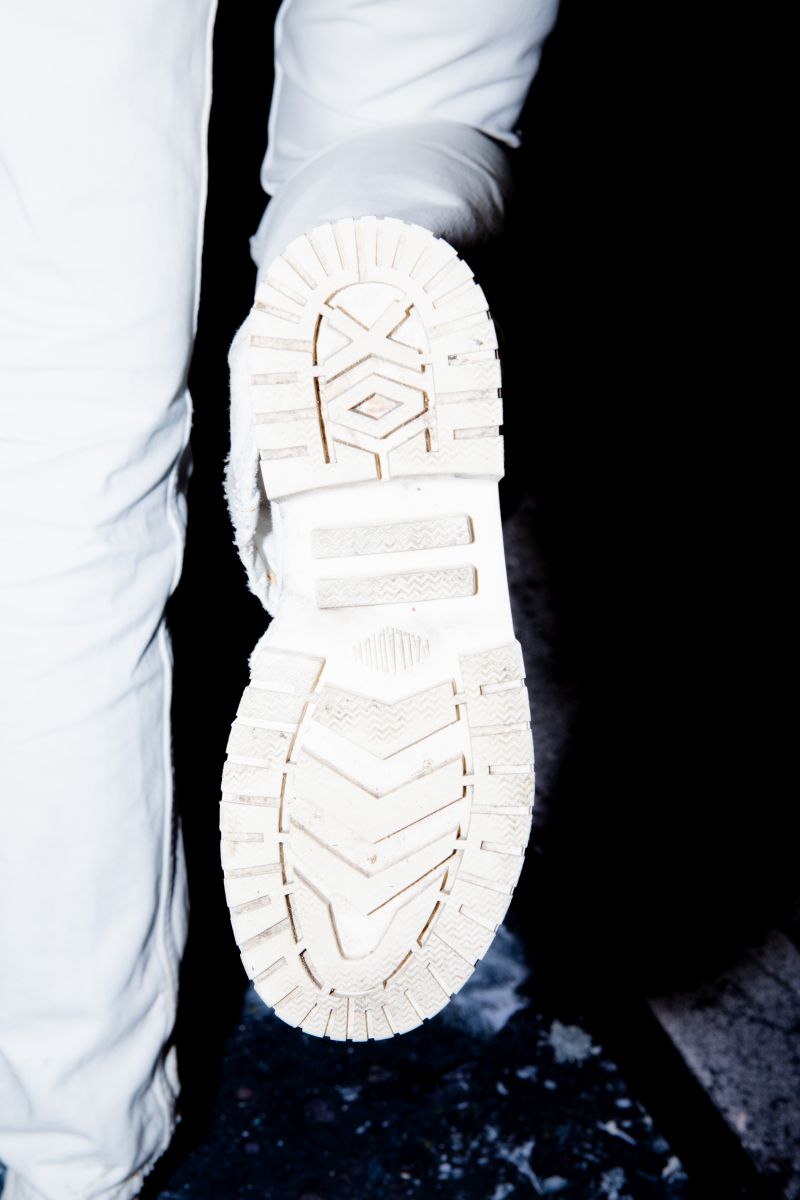
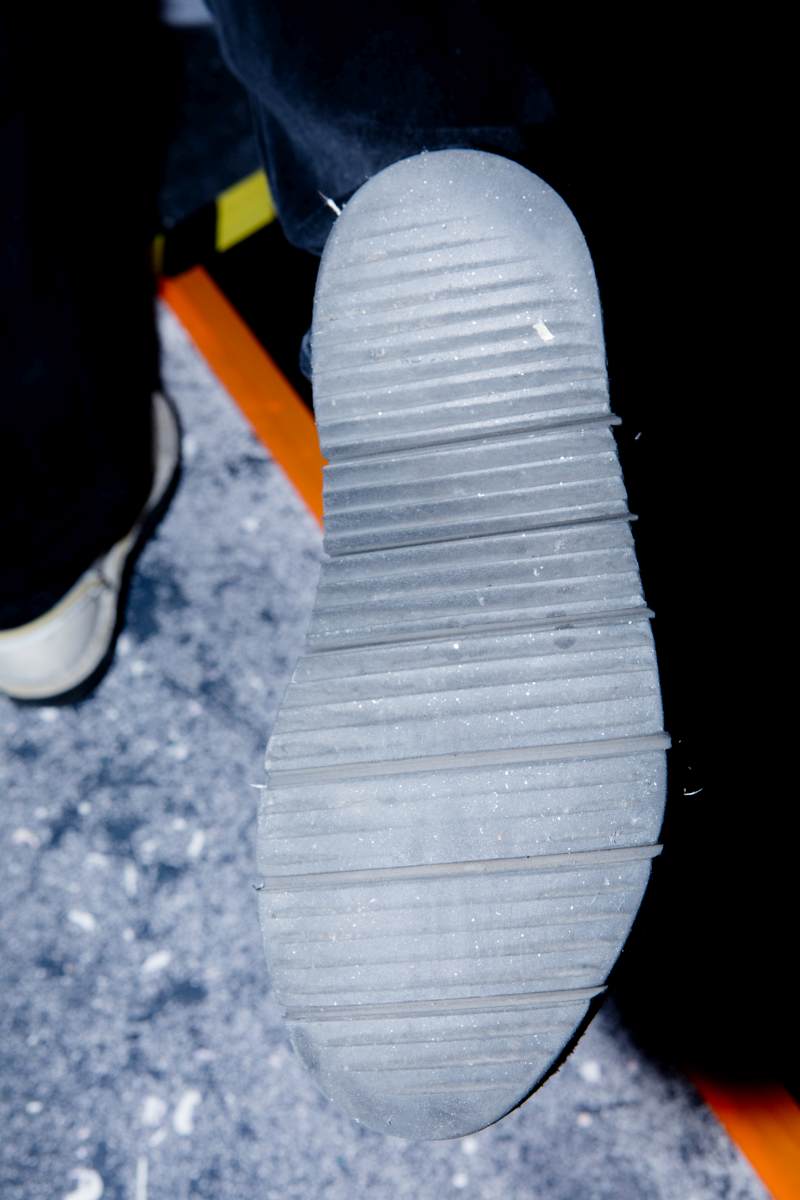

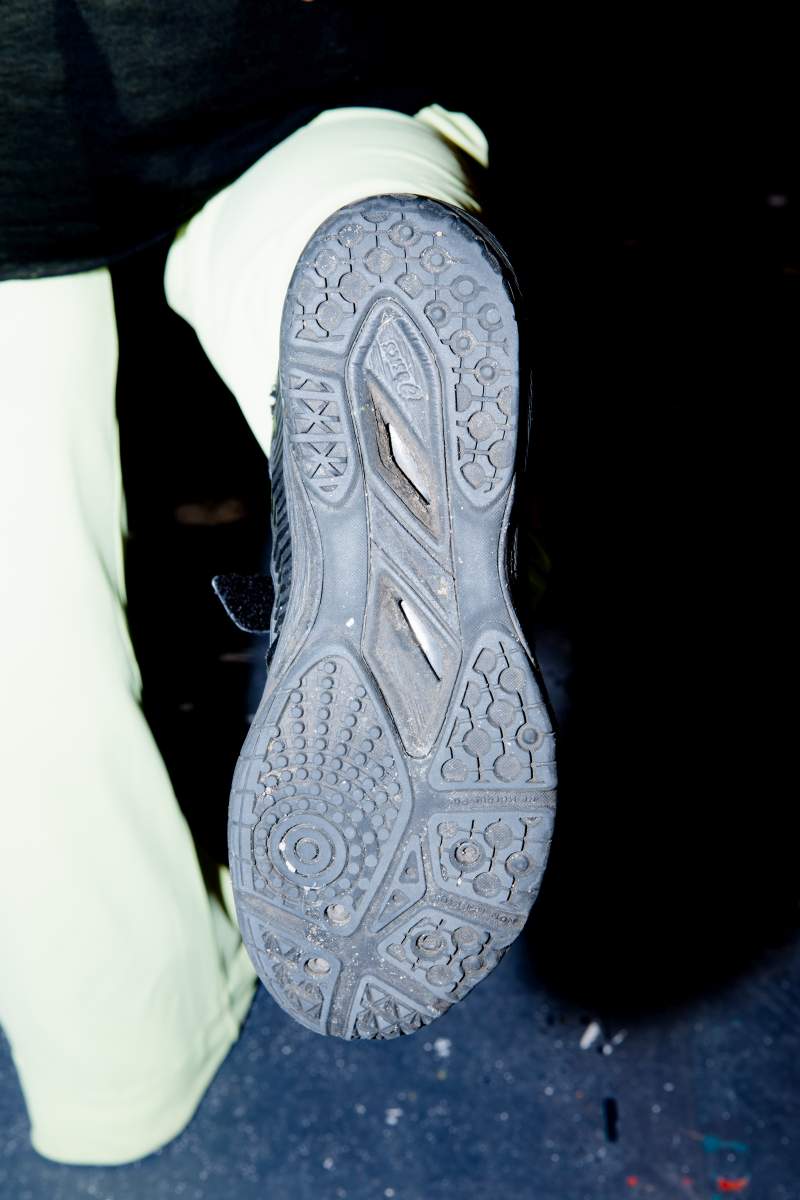

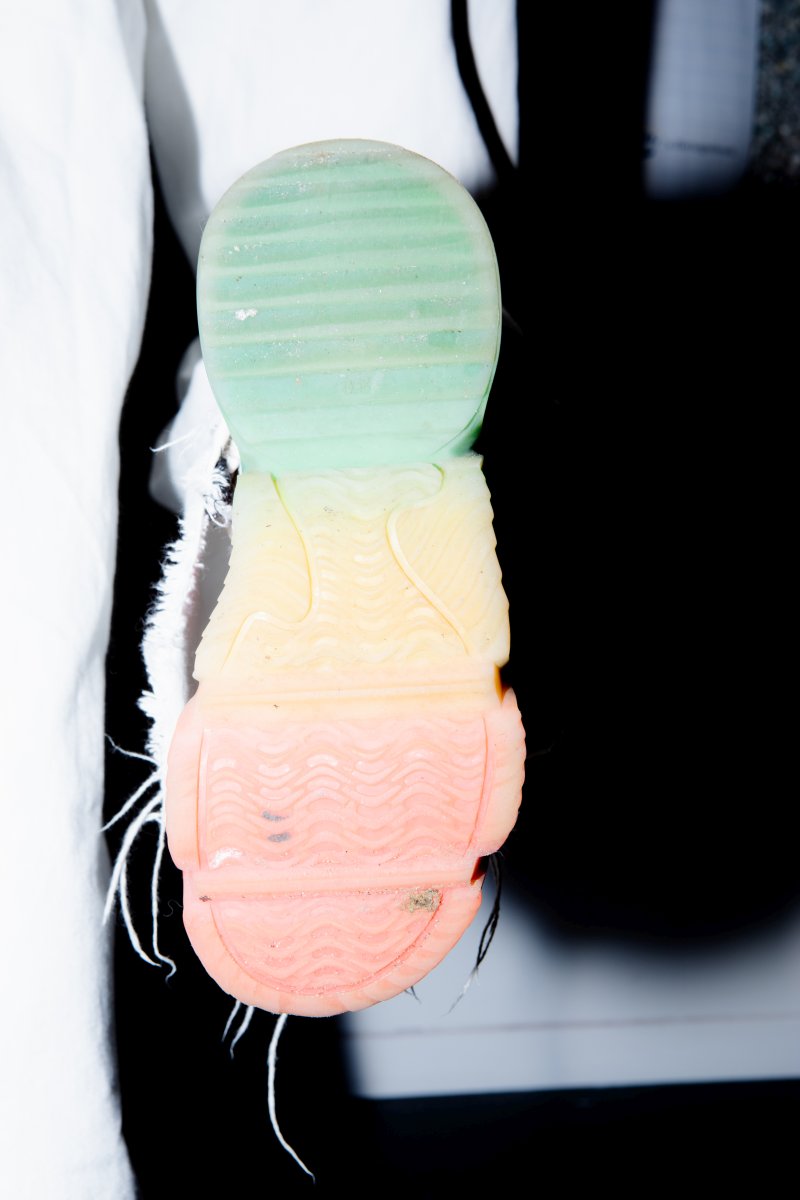
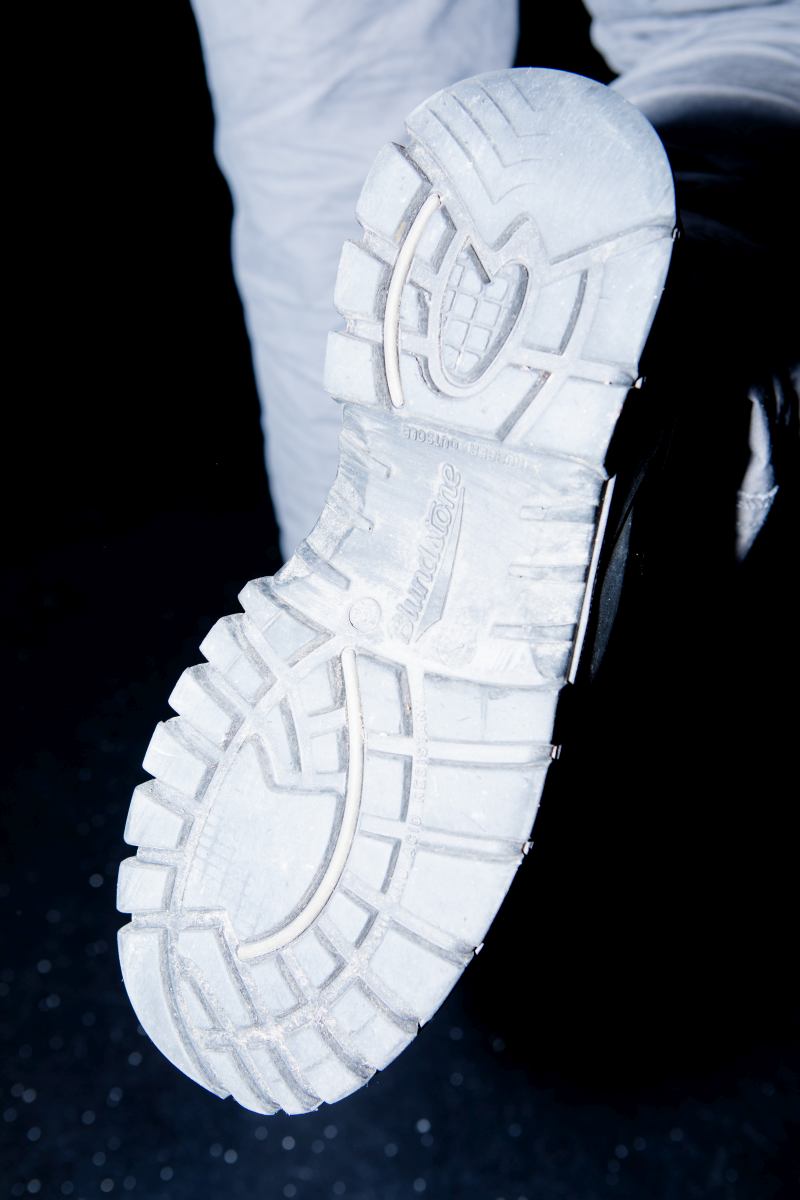
A vague awareness of my childhood dreams goes into each moment I wear these shoes, which I hadn’t quite put into words until participating in the PORTAL workshop. Sitting with the shoes, drawing its outlines, connecting it to other shoes and conversing about these connections, makes from a vague awareness a memory. It makes a story. Awareness transforms into language, which comes with its own limitations of capturing the relationship between me and my shoes. By which I mean: as soon as I write down this memory I realize it is incomplete, maybe even false, a lie.
Does it really matter? Probably not. No personal history police will hold me accountable for the story I create of myself, although the oldest witness of my life (my father) loves to point out mistakes in my writing. I have a tendency to mix up brand names and when he corrects me my first instinct is that it doesn’t or at least shouldn’t matter. Which is ideology as much as a relation: as his daughter I obviously have to disagree with him.

During the PORTAL workshop relations became visible through something else than language, it became visible by drawing a map. Or maybe a map is a type of language, I’m not sure. As it turns out, some people who participated in drawing the map imagined that their shoes might have an alternative use as a flowerpot or vase. Individually the question “what other uses does this object have?” brought us to think of plants and flowers. As our connection is drawn in orange tape, a collective desire to hold something living beyond our own bodies in these objects appears.
Alternative use, or queer use, thus leads to flowers, which is a great relation in itself. Just as the comment by Elisa who noticed how throughout these workshops traced garments lose their obvious markers of gender. In 2D it turns out most garments are gender neutral. Which could lead you to conclude that gender is in the details or that gender is not essential. I feel easily convinced by this reading of the map. Sure, it is a matter of interpretation and like language the map’s lines are also incomplete. But the reading is true in the sense that it is what the lines have told us. It is true in the sense that it is what we told each other, and that is true enough for me.



